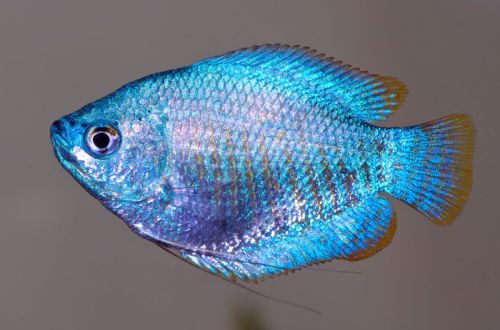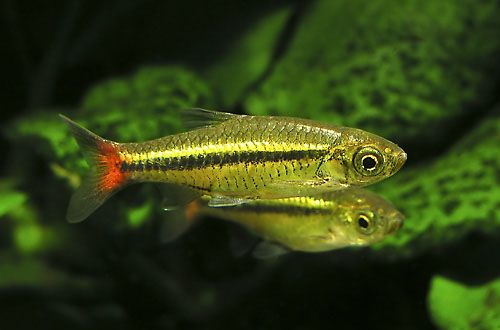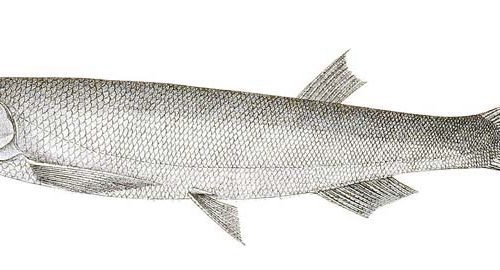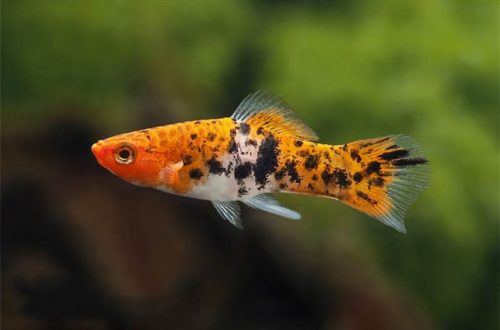
Blue Lyalius
Blue Lalius, scientific name Trichogaster lalius, belongs to the Osphronemidae family. A miniature beautiful fish, is an artificially bred color form of Lyalius. Unlike its predecessor, it is distinguished by a more uniform blue color with a “grainy” effect, which is achieved due to interspersed with colored red-brown dots and a non-uniform reflection of the scales.

A fairly hardy fish, an excellent choice for the beginner aquarist, provided that the aquarium is properly set up and regularly serviced (water changed, soil cleaned, etc.).
Contents
Habitat
This subspecies is bred artificially, therefore it is not found in the wild. The largest fish farms are located in Southeast Asia and Eastern Europe, from where Lyalius is supplied to regional markets.
Description
The shape of the body is no different from Lyalius – somewhat laterally compressed with large rounded fins. Thoracic filiform with sensitive sensory cells that allow the fish to learn about surrounding objects through touch. A special organ is located in the oral cavity, with the help of which the fish can absorb atmospheric oxygen directly from the air while swallowing small bubbles from the surface. The coloration is largely uniform – blue with muted shades of red, red-brown dots, forming barely noticeable vertical lines.
Food
They eat all types of dry industrial feed (flakes, granules, tablets). It is recommended to use special high-quality food intended for Lyalius. As a supplement to the diet, bloodworms, mosquito larvae, or any other similar product can be served. Feed according to the instructions on the package if special food is used, otherwise once or twice a day.
Maintenance and care
A small aquarium of 40-50 liters is sufficient for single or pair keeping, with a larger number, an appropriate tank should be selected. The minimum recommended set of equipment consists of a filter, a heater, an aerator, and a lighting system. The filter must be installed and adjusted in such a way as to create as little water movement as possible, since Lalius comes from reservoirs with stagnant or slightly flowing water.
In the design, it is preferable to use dense thickets of root plants located in groups and along the side and rear walls, and shelters made of natural or artificial materials (snags, grottoes, castles, sunken ships, etc.). The number of shelters should match the number of fish. The substrate is dark, the size of soil particles is any.
Social behavior
Peaceful and friendly appearance, perfectly compatible with other calm fish of similar size. Overly active or aggressive neighbors can intimidate the Blue Lyalius, provoke stressful situations, which will negatively affect his well-being. When settling into a new aquarium, at first they behave very shyly, timidly, they prefer to hide in hiding places or thickets of plants most of the time.
Intraspecific relationships are much more complex. Two males are intolerant of each other, they can arrange fights for territory and females, and the aggressive behavior of males also often extends to the latter. The most acceptable option is keeping in a pair or harem.
Sexual differences
The male is distinguished by bright colors and a pointed dorsal fin. The female is paler, the dorsal fin is rounded/curved.
Breeding / breeding
Breeding is relatively simple, but the unpredictable behavior of the male introduces its own nuances. If other species live in the aquarium besides the Blue Lyalius, then spawning should be carried out in a separate tank, in which the conditions (water parameters, design) of the main aquarium should be reproduced.
Spawning is stimulated by a gradual decrease in the water level to 15–20 cm and an increase in temperature to 29°C during the week. Bring the pH level to 6.0–6.5. The best way is to use a filter, where peat-based material is used as a filter material. Meat products – live or frozen – should be included in the daily diet. Lighting should be dimmed.
After some time, the female will begin to fill with eggs, and the male will start building a nest from air bubbles and pieces of floating plants. During construction and for some time after that, the male may show aggression towards the female, during this period shelters and thickets of plants are important.
Courtship does not last long, but it is very entertaining – the male spreads his fins and swims around the female, clinging to her, touching her mouth, pinching her back or tail. Then the female releases eggs, which are immediately fertilized and transferred to the nest. In total, from 300 to 800 eggs can be laid.
The male remains to guard the clutch, and the female retires to the main aquarium. The fry appear during the next day, and after another three days they begin to swim freely. At this moment, it is the turn of the male to leave his offspring and be transported to the female. Blue Lalius quickly lose their parental instincts and perceive their juveniles as a source of food. Feed the fry with specialized microfeed, brine shrimp, ciliates.
Fish diseases
In a balanced aquarium with a well-established biological system, health problems, as a rule, do not arise. Poor nutrition, deterioration of living conditions, contact with sick fish provoke diseases. Read more about symptoms and treatments in the Aquarium Fish Diseases section.





